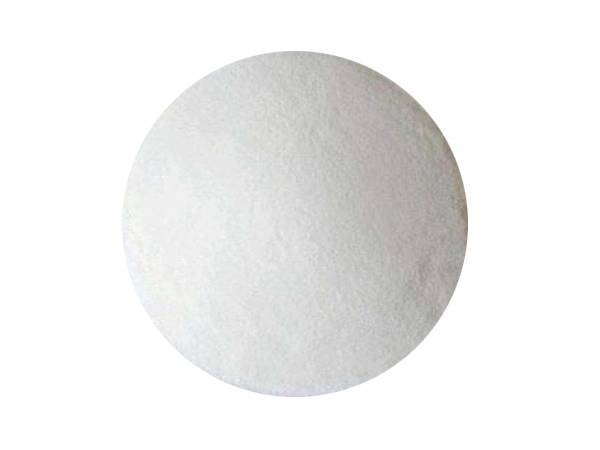



chlorine chlorine dioxide
Chlorine and Chlorine Dioxide Understanding Their Roles and Applications
Chlorine and chlorine dioxide are two important chemical compounds that play vital roles in various industrial, municipal, and environmental applications. While they share similar names and belong to the same group of elements in the periodic table, their properties, uses, and safety considerations differ significantly. Understanding these differences is crucial for their effective and safe application, particularly in water treatment, disinfection, and other related fields.
Chlorine An Overview
Chlorine (Cl) is a greenish-yellow gas at room temperature and has a pungent odor. It is a highly reactive element belonging to the halogen group of the periodic table. Historically, chlorine has been utilized extensively in water treatment processes due to its powerful disinfecting properties. When chlorine is added to water, it reacts with organic and inorganic materials, effectively killing bacteria, viruses, and other pathogens, which helps to make the water safe for human consumption.
Cl2, the molecular form of chlorine, is typically used in disinfection systems. Chlorination not only eliminates harmful microorganisms but also helps in controlling the growth of algae and preventing the formation of biofilms in pipelines. However, while chlorine is highly effective, there are also concerns regarding its by-products, particularly trihalomethanes (THMs), which can form when chlorine reacts with organic matter in water. These by-products are potentially harmful and have been linked to various health issues, leading to regulatory limits on their concentrations in drinking water.
Chlorine Dioxide A Safer Alternative
Chlorine dioxide (ClO2), on the other hand, is a pale yellow gas that is highly soluble in water. It is recognized for its selective oxidizing properties, which make it a powerful disinfectant and bleaching agent. Unlike chlorine, chlorine dioxide does not form chlorinated by-products when it reacts with organic materials, making it a preferred choice in many applications.
chlorine chlorine dioxide

Chlorine dioxide is commonly employed in water treatment facilities for disinfection. It is effective against bacteria, viruses, and protozoa, including Giardia and Cryptosporidium, which are often resistant to traditional chlorine treatment. Because of its ability to penetrate biofilms and react with a broader range of pathogens, chlorine dioxide is gaining popularity in both municipal and industrial water treatment processes.
Moreover, chlorine dioxide is utilized in food processing industries as a sanitizer. Its effectiveness in killing pathogens, coupled with its non-chlorinated by-product profile, makes it a safer choice for sanitizing surfaces and equipment. It is also used in the pulp and paper industry for bleaching, where its oxidative properties help achieve whiter, brighter products without the harmful effects associated with chlorine bleaching.
Safety and Handling Considerations
While both chlorine and chlorine dioxide are effective disinfectants, it is essential to recognize their safety considerations. Chlorine gas is toxic and can cause severe respiratory issues when inhaled, necessitating stringent handling protocols and monitoring when used in various applications. Personal protective equipment (PPE) and proper ventilation are critical when working with chlorine.
Chlorine dioxide, while generally safer, also requires caution. It is an oxidizing agent and can be hazardous in concentrated forms. Proper storage and handling must be observed to prevent potential explosions or release of toxic gases. Operators must be trained in the safe use and emergency procedures associated with both chlorine and chlorine dioxide.
Conclusion
In summary, chlorine and chlorine dioxide are both powerful agents with significant applications in disinfection and water treatment. While chlorine has been the traditional choice for many years, chlorine dioxide offers an effective alternative with a more favorable safety and by-product profile. As industries continue to prioritize health and safety, understanding the properties, applications, and handling of these compounds will become increasingly important for ensuring public health and environmental sustainability. Through informed application, both chlorine and chlorine dioxide can contribute significantly to safe drinking water and hygiene practices worldwide.
-
Why Sodium Persulfate Is Everywhere NowNewsJul.07,2025
-
Why Polyacrylamide Is in High DemandNewsJul.07,2025
-
Understanding Paint Chemicals and Their ApplicationsNewsJul.07,2025
-
Smart Use Of Mining ChemicalsNewsJul.07,2025
-
Practical Uses of Potassium MonopersulfateNewsJul.07,2025
-
Agrochemicals In Real FarmingNewsJul.07,2025
-
Sodium Chlorite Hot UsesNewsJul.01,2025










